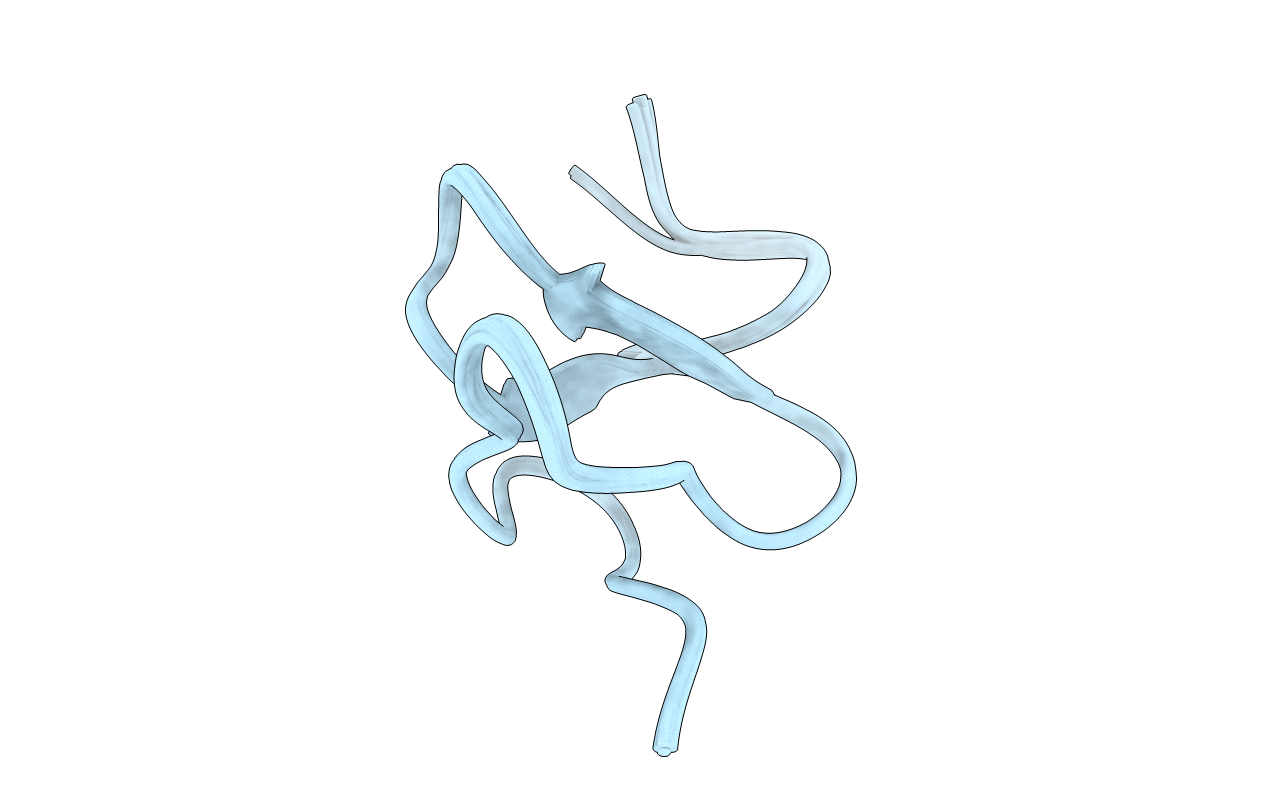
Deposition Date
2013-06-13
Release Date
2014-04-30
Last Version Date
2024-10-16
Method Details:
Experimental Method:
Conformers Calculated:
100
Conformers Submitted:
20
Selection Criteria:
structures with the lowest energy


